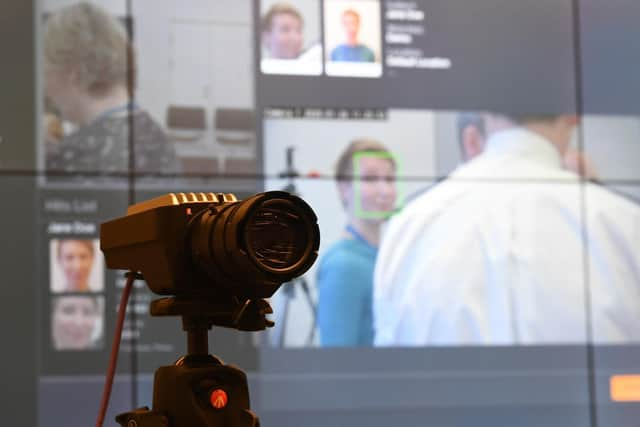Yorkshire police force questioned about use of facial recognition software
The technology is used by some police forces, including The Metropolitan Police, to match human faces on images and live or pre-recorded video footage with faces on a watchlist.
But it has proved to be extremely controversial, as opponents claim it is too intrusive and threatens people’s right to privacy.
Advertisement
Hide AdAdvertisement
Hide AdNorth Yorkshire Police has been asked if it has used facial recognition software since 2016, in a Freedom of Information request.


The force said the software has not been used “in an overt capacity” but it cannot provide more information.
“Confirming or denying whether any other information is or isn’t held relating to the covert use of facial recognition technology would limit operational capabilities,” its response stated.
“Criminals or terrorists would gain a greater understanding of the police’s methods and techniques, enabling offenders to take steps to counter them.
Advertisement
Hide AdAdvertisement
Hide Ad“It may also suggest the limitations of police capabilities in this area, which may further encourage criminal or terrorist activity.”
The neighbouring police force, West Yorkshire Police, has said it does not use real-time facial recognition software.
But it said facial recognition may be used after an event to help officers establish who a person is and see if their image matches one on a database.
South Yorkshire Police said it has no plans to do “any live facial recognition work” but it is “looking into the feasibility of trialling” software which analyses images and pre-recorded video footage retrospectively.
Advertisement
Hide AdAdvertisement
Hide AdEarlier this month, 14 campaign groups called on Metropolitan Police Commissioner Sir Mark Rowley to end the use of the controversial technology.
Organisations including Big Brother Watch, Liberty and Black Lives Matter UK wrote to the new force leader on his first day in the job to demand an end to the “privacy-eroding, inaccurate and wasteful technology”.
They claim that 87 per cent of the alerts generated by the force’s systems are misidentifications.
The force uses a different way of calculating false alerts using the proportion of all people estimated to have walked past cameras, and says that the percentage is dramatically lower, between 0 per cent and 0.08 per cent.
Advertisement
Hide AdAdvertisement
Hide AdA spokeswoman for The Met said: “Live Facial Recognition is a technology that has been helping the Met to locate dangerous individuals and those who pose a serious risk to our communities.
“The Met has primarily focused the use of LFR on the most serious crimes; locating people wanted for violent offences, including knife and gun crime, or those with outstanding warrants who are proving hard to find.”